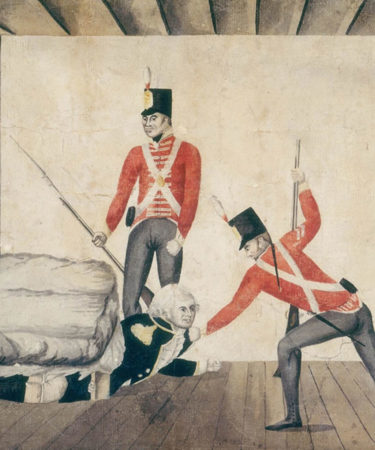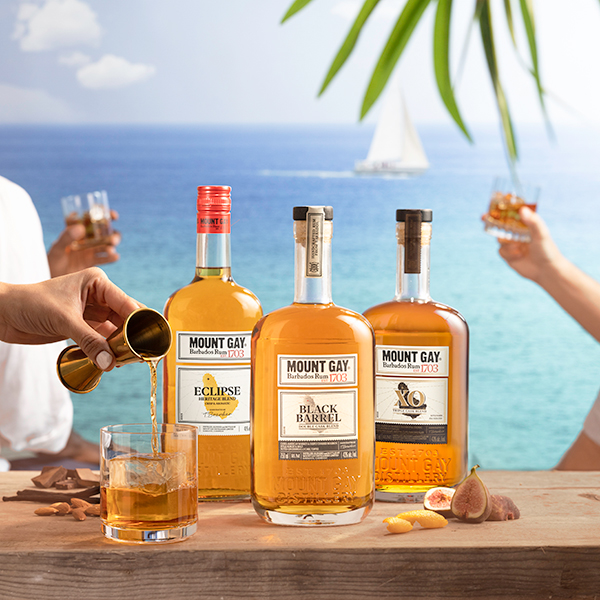Australia’s southeastern state of New South Wales is home to some of the country’s top tourist destinations, including Sydney, the Blue Mountains, and the Hunter Valley wine region. When it was delineated by the British in 1788, however, the region had a very different purpose. Between 1788 and 1868, the penal colony received more than 150,000 of the nation’s convicts.
In 1789, the New South Wales Corps was formed to maintain order in the new colony. Closely associated with the rum trade, the battalion was nicknamed “The Rum Corps,” and, in 1808, it launched the only armed takeover of government in Australia’s history. The event came to be known as the “Rum Rebellion,” but just how much it actually had to do with spirits depends on your interpretation of history.
A shortage of coins in Australia — something common in many British territories at the time — meant that “rum,” shorthand for all distilled spirits, was the favored currency. The officers of the New South Wales Corps used their status and wealth to gain a monopoly on the country’s rum supply. This brought more wealth, and with it, potential power. Unsurprisingly, those ruling the colony were wary of this and strongly opposed the rum trade. Several officials were deployed from the U.K. to New South Wales to try to control it.
In 1806, William Bligh, a British naval officer infamous for his strong, dictatorial ruling style, became the latest governor tasked with putting an end to the rum trade. Bligh implemented strong measures, including the destruction of illegal stills and the prohibition of using spirits to barter for grain, labor, food, or any other goods.
The drastic reforms didn’t sit well with the Rum Corps of New South Wales. Tensions finally boiled over on Jan. 26, 1808, when Bligh ordered the arrest of John Macarthur, a former Corps officer. Bligh and Macarthur had previously clashed over the distribution of rum and illegal importation of stills.
The Corps responded with rebellion. Led by Major George Johnston, it invaded Government House and placed Bligh under arrest. The event signaled the start of two years of military rule over the colony, which finally came to an end in January 1810.
Bligh was released and the Corps was recalled to England later in 1810. Johnston was dismissed from service shortly after, and Macarthur was outlawed from New South Wales until 1817.
Yet, as is often the case with history, this tale arrives with asterisks. Rum might present in the commonly used nickname of the revolt, but some claim the spirit actually played a very small part.
Instead, some historians argue the revolt came as part of a bigger power struggle between Bligh and Macarthur. This theory appears to be backed up by the fact the term “Rum Rebellion” wasn’t invented until 1855. What’s more, its inventor, William Howitt, was a teetotaling English Quaker who coined the term in a book on Australian history.
Some theorize that Howitt wanted to overstate the part rum played in the rebellion to try and highlight the dangers of alcohol. Whatever the case, the alliterating term was as catchy then as it is now, and has stuck ever since. For that reason, at least, rum will always be linked, in a way, to Australia’s only armed revolt.

